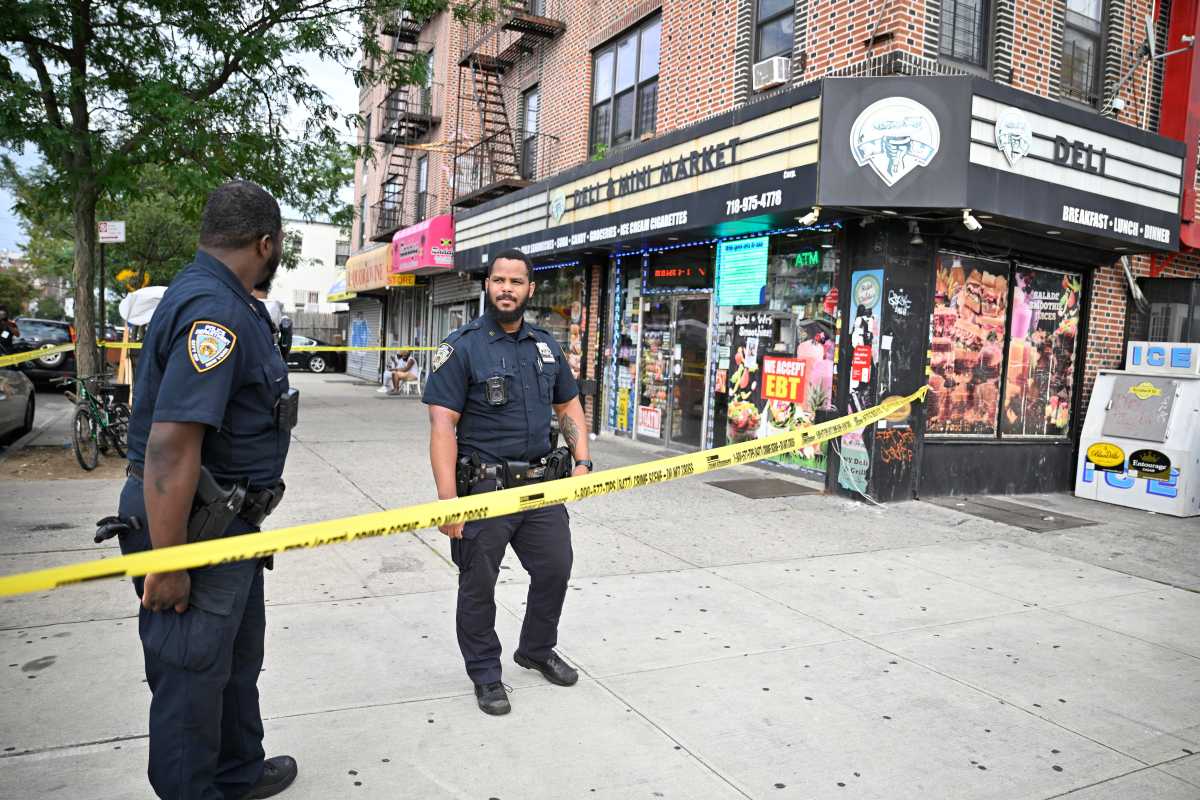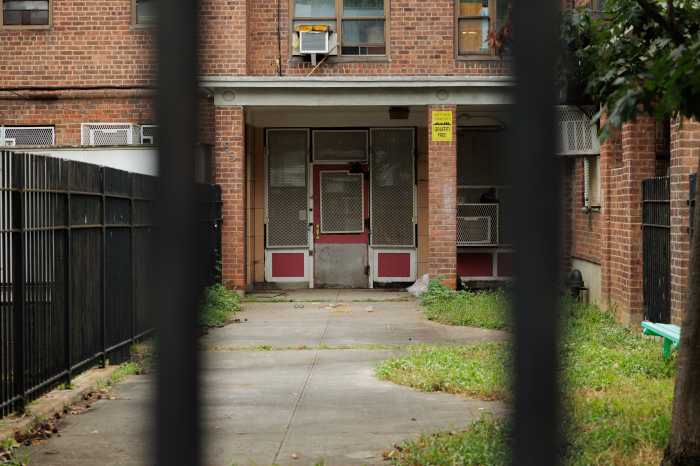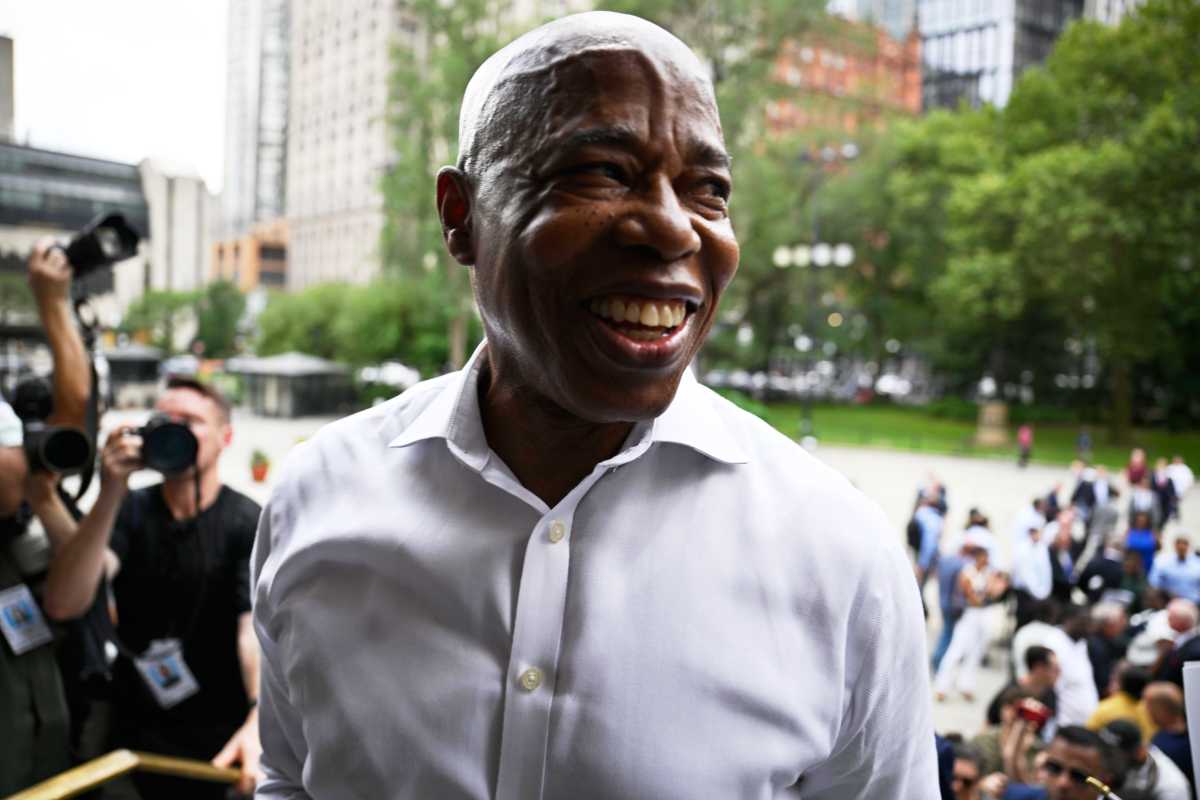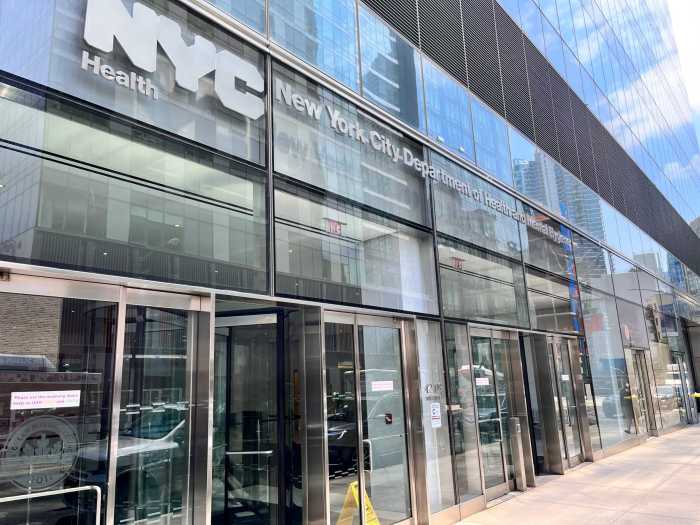City environmental officials finished restoring three acres of wetlands in Fort Sparrow Marsh to improve the health of Jamaica Bay, a joint group of city agencies announced Thursday.
The $7 million restoration was the result of efforts from the Department of Environmental Protection, Parks Department and the Department of Design and Construction to preserve the region’s natural environment. Construction crews removed 9,000 tons of dirt and planted native flora, which officials said would encourage wildlife in one of the few parts of New York City where animals can remain undisturbed.
DEP Commissioner Rohit T. Aggarwala said in a statement that the city’s efforts would ensure the marsh remains healthy long-term.
“Jamaica Bay is one of New York City’s most important natural areas, and restoring wetlands like Four Sparrow Marsh is key to protecting the health of the entire ecosystem,” Aggarwala said. “These efforts strengthen the Bay’s resilience, protect wildlife, support biodiversity and ensure that the Mill Basin community can enjoy the environmental and recreational benefits of this unique landscape.”
DEP provided the funds as part of an agreement with New York state government to replace wetland loss, while DDC undertook the construction work, according to a DDC press release.
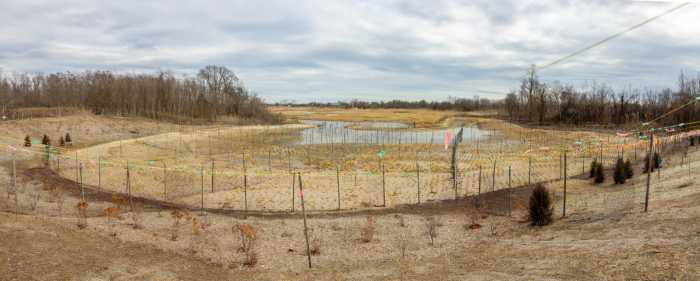
The Jamaica Bay ecosystem, which Four Sparrow Marsh helps support, is home to hundreds of unique species of birds, butterflies and fish, and is an important stop for migratory waterfowl.
Parks Commissioner Iris Rodriguez-Rosa said in a statement that salt marshes are key to protecting the environment.
“Our salt marshes are critical ecosystems that do so much for our city — from protecting our coastline in the face of extreme weather, to offering vital habitats for non-human New Yorkers like salt marsh sparrows and diamondback terrapins,” Rodriguez-Rosa said.
The restored area includes the Four Sparrow Marsh Park, one of three nature preserves on Brooklyn’s southern tip that is home to undisturbed wildlife. The Parks Department has managed the area since 1994, when the city transferred control of the preserve.
While salt marshes are a natural feature of New York City, humans have filled 80% of them through industrial activity, according to a Parks Department webpage. Four Sparrow Marsh is the older and larger of the two remaining salt marshes along Jamaica Bay.
DDC Commissioner Thomas Foley said in a statement that the project shows how city resources can be used to defend the environment.
“Restoring and preserving our wetland ecosystems is another way DDC works to improve the City’s environment,” Foley said. “The $7 million Four Sparrow Marsh project will prevent the declination of the wetland and will protect the wildlife that inhabits that area.”
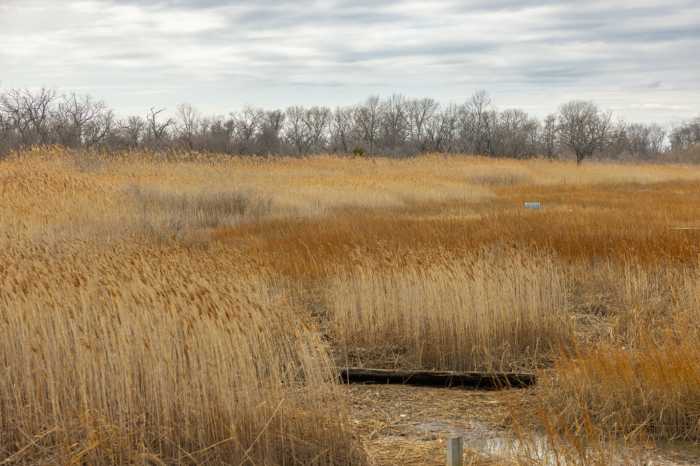
Rodriguez-Rosa said the $7 million investment in preserving nature will pay off for generations.
“We’re proud to have collaborated with our partners across city government on this work at Four Sparrow Marsh, building on our past projects and complementing ongoing restoration efforts on the east side of the marsh,” Rodriguez-Rosa said. “By caring for our natural areas, we are investing in a more livable and more resilient city for generations to come.”



